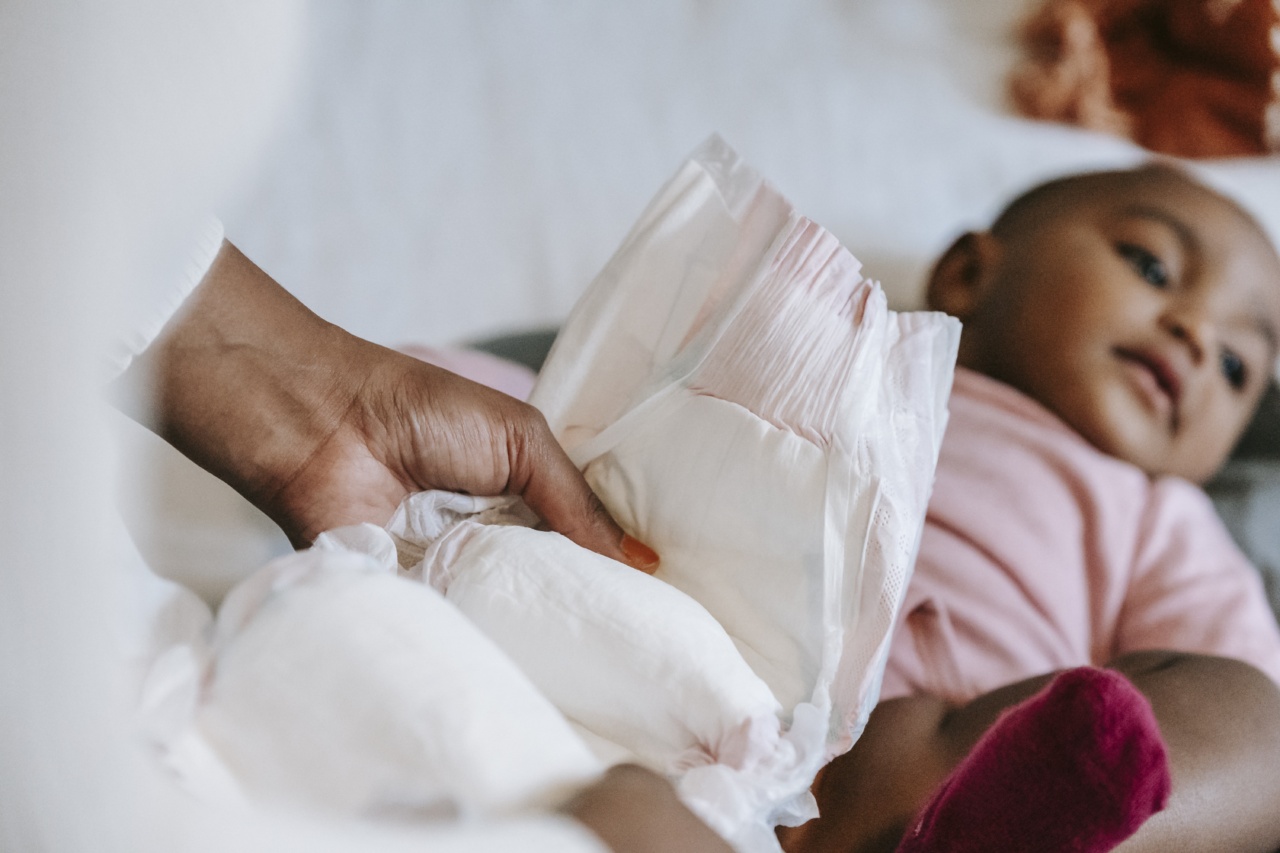The Coronavirus disease, also known as COVID-19, has drastically affected millions of people worldwide in multiple ways. Since the first case emerged in Wuhan, China in December 2019, the virus has been actively spreading from person to person.
The disease is transmitted primarily through respiratory droplets and close contacts via coughing or sneezing. However, new research has found that the coronavirus disease can also be transmitted from mother to baby.
What is Koronevio?
Koronevio or COVID-19 is a severe acute respiratory syndrome coronavirus 2 (SARS-CoV-2). The virus is highly infectious and can cause severe illness.
The virus spreads primarily through respiratory droplets from an infected person through coughing, sneezing, or talking. Touching infected surfaces, followed by touching the eyes, nose, or mouth, can also transfer the virus.
Although the primary transmission route is through contact with infected individuals, it is now known that the virus can also be passed from mother to baby during pregnancy or delivery.
Transmission of Koronevio from Mother to Baby
The transmission of the virus from mother to child can occur during pregnancy, delivery, or after birth, but the risk appears to be low. The latest research shows that pregnant women have a similar chance of contracting the virus as non-pregnant women.
However, pregnancy can increase the risk of severe illness and complications associated with the virus.
There are three ways a newborn baby can acquire Koronevio from their mother:.
1. In-Utero Transmission
New research shows that in-utero transmission of the virus is possible from mother to baby. Studies have reported coronavirus RNA in the placenta, the amniotic fluid, and the neonate’s cord blood.
This suggests vertical transmission of the virus through the placenta. However, the incidence of vertical transmission appears to be low.
2. Perinatal Transmission
Perinatal transmission of the virus can occur during delivery. This type of transmission has resulted from contact with infected maternal secretions in the birth canal during vaginal delivery.
There are documented cases of neonatal infections after having direct contact with mothers or healthcare personnel who were COVID-19 positive. A recent study has shown that skin-to-skin contact and breastfeeding after birth do not increase the risk of transmission of the virus.
3. Postnatal Transmission
Postnatal transmission occurs after birth through contact with infected individuals. Infants born to mothers who have tested positive for the virus at delivery should be isolated from other infants and not allowed visitors.
The infant should also be tested for COVID-19. Symptoms of the disease may take between two and 14 days to occur. Therefore, babies in contact with COVID-19 positive individuals should be monitored for symptoms for at least two weeks after exposure.
Prevention of Koronevio Transmission from Mother to Baby
Prevention of coronavirus infections in newborn babies is essential in limiting the spread of the disease. Some important prevention measures include:.
1. Prenatal screening
Pregnant women should take the necessary precautions to prevent infection with the virus, and prenatal screening can help to identify maternal infections. Early detection and isolation of infected mothers can reduce the chances of transmission.
2. Delivery precautions
Delivery precautions should be taken to minimize contact between the newborn baby and infected maternal secretions during delivery.
It is advisable to wear personal protective equipment (PPE) during delivery, and newborns should be isolated immediately after birth.
3. Postnatal precautions
The baby’s exposure to the virus after birth should be minimized. Infants should be isolated if born to mothers with coronavirus infection or a suspected case.
It is also essential to avoid formula feeding and opt for breastfeeding instead for the first six months of life.
Conclusion
The transmission of Koronevio from mother to baby is possible through different modes including: in-utero, perinatal, or postnatal transmission. However, the incidence of transmission is low.
Prenatal screening, delivery precautions, and postnatal precautions are helpful in reducing the chances of transmission. Infants that acquire the virus can develop mild symptoms or remain asymptomatic. It is essential to take the necessary measures to prevent the spread of the disease to vulnerable groups.































